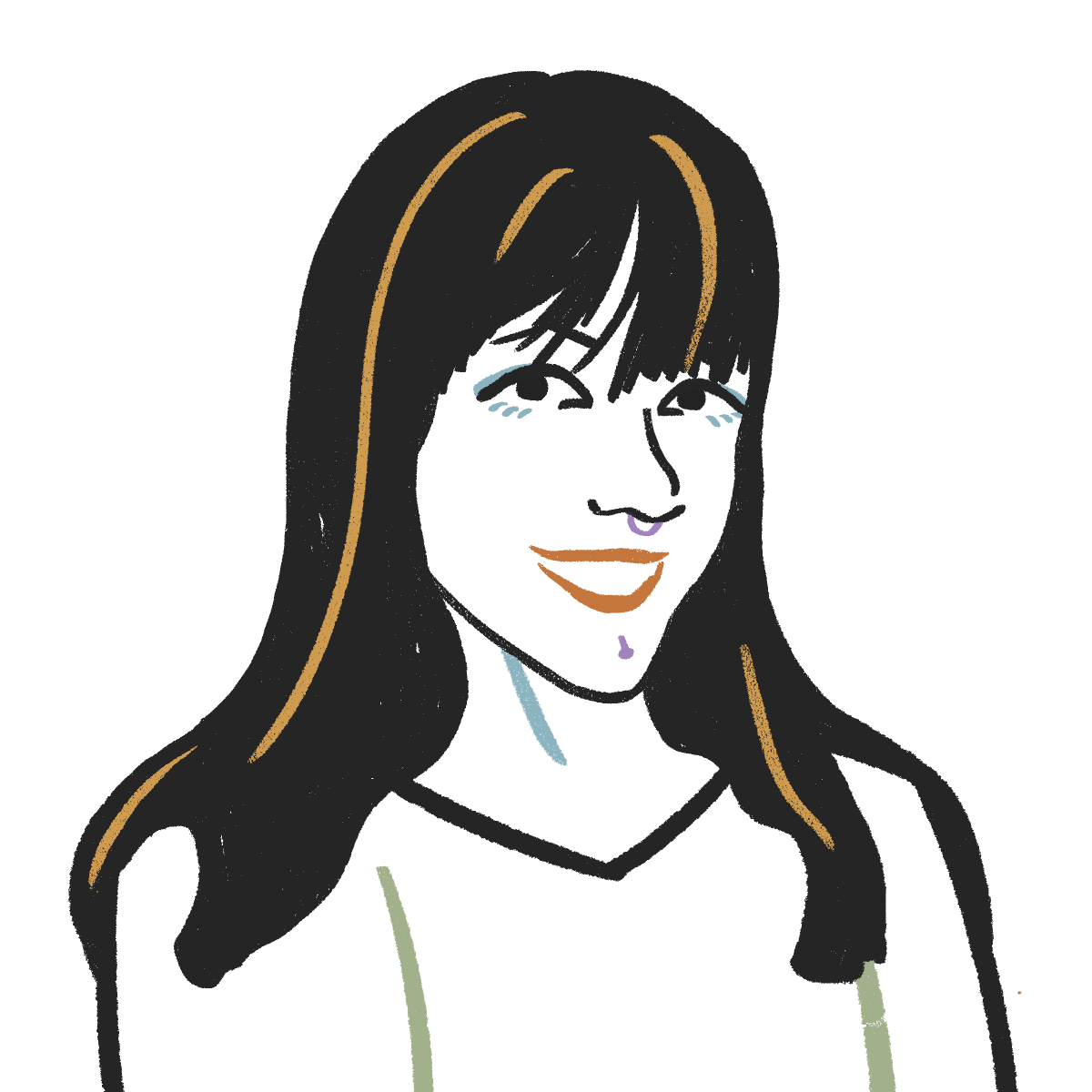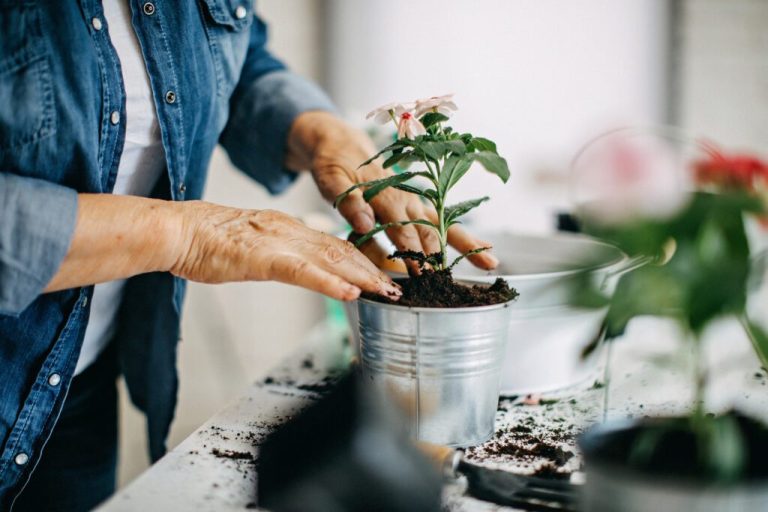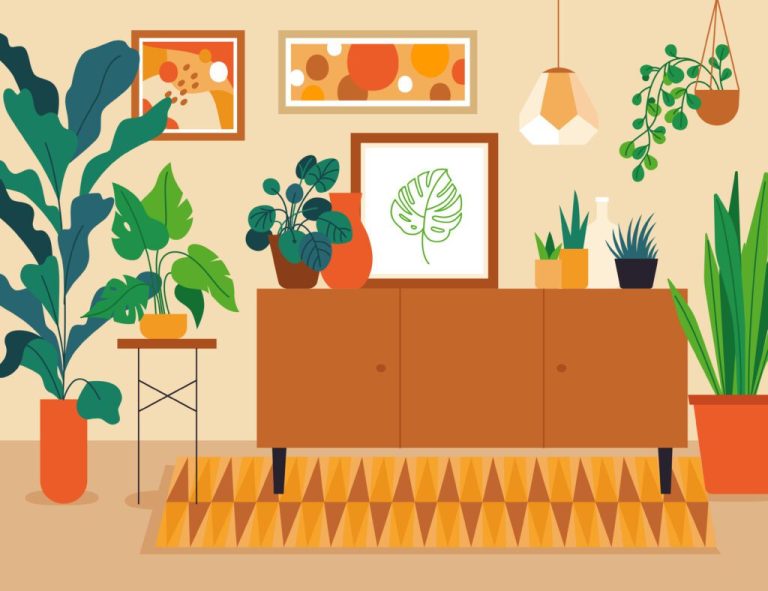You may have heard of a practice called “Swedish death cleaning” — a name that’s both intriguing yet fairly straightforward. Perhaps one of the more succinct and accurate summaries of the concept comes by way of comedic actor Amy Poehler’s narration in this amusing trailer for the TV series The Gentle Art of Swedish Death Cleaning: It’s “basically cleaning out your crap so that others don’t have to do it when you’re gone.”
The show is based on the bestselling 2018 book of the same name by Margareta Magnusson, who’s responsible for bringing the Scandinavian tradition into the U.S. mainstream. And, not surprisingly, there’s much more to the concept than Poehler’s pithy description.
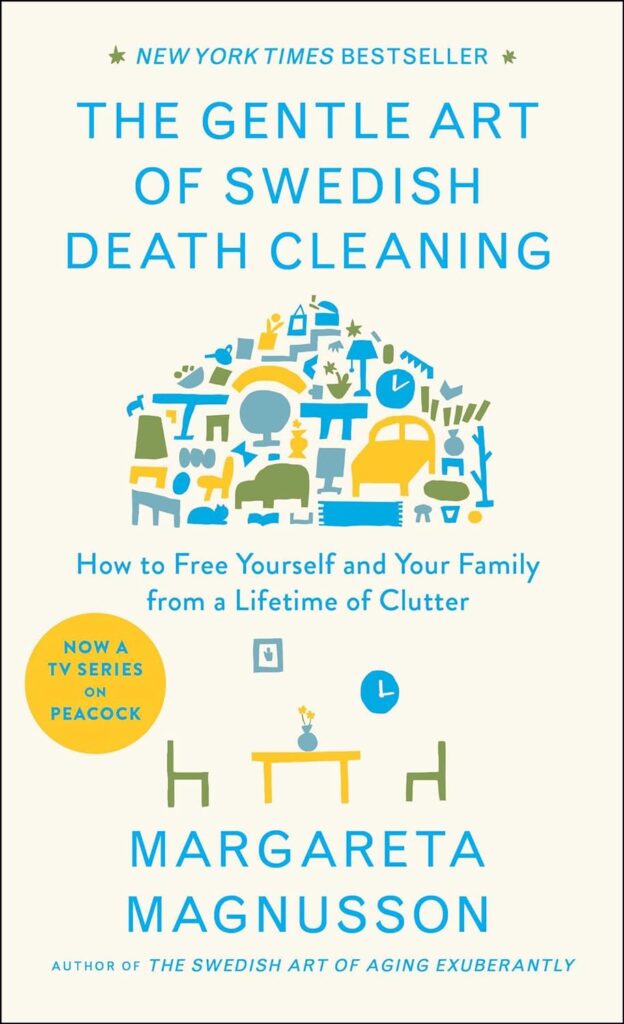
The Premise of Swedish Death Cleaning
The overarching goal of Swedish death cleaning, or “döstädning” in Swedish, is to declutter one’s home and downsize one’s possessions in advance of one’s death — essentially purging things you no longer need or haven’t used in ages. The idea is that, through the act of streamlining, you’ll find the joy in embracing a more minimalistic, less materialistic approach to life, with a deliberate focus on quality over quantity.
Per The Spruce, the practice is like “a Scandinavian twist on the Konmari Method” developed by Marie Kondo, whose books and TV show encourage devotees to surround themselves only with objects that “spark joy.” Swedish death cleaning, however, is an arguably further-reaching concept, rooted in both pragmatism and thoughtful consideration for others.
The Benefits to Your Loved Ones
Swedish death cleaning encompasses the practical considerations of how your death may impact friends and family members, who would otherwise be left with the chore of having to sort through your things after your passing if you don’t tend to them yourself.
In certain cultures, death is something discussed openly and embraced as a natural part of the life cycle. But that isn’t the case for everybody, including many individuals who have grown up in the United States, where death is frequently seen as a taboo topic. “Some people can’t wrap their heads around death,” Magnusson writes in her book. “And these people leave a mess after them.”
In other words, expecting friends and family to undertake the extensive, overwhelming, and time-consuming work of sorting through your lifetime’s worth of possessions and clutter in the wake of your death creates an additional burden on top of the difficult emotional experience of loss and grief.
RELATED: “Your Presence Is Symbolic of Your Love”: How to Support Someone Who Is Grieving
The Benefits to Yourself
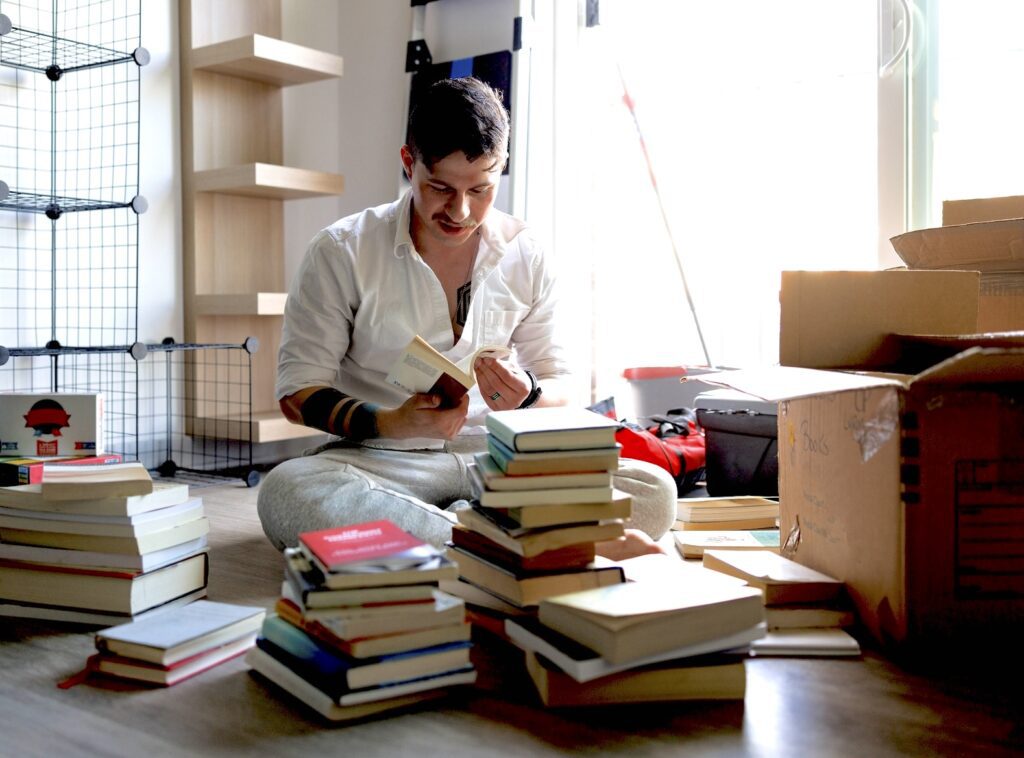
As we mentioned earlier, though, Swedish death cleaning can also benefit you while you’re still alive, not least of which through the enrichment that getting organized provides.
“Death cleaning is not about dusting or mopping up; it is about a permanent form of organization that makes your everyday life run more smoothly,” writes Magnusson.
And a profound emotional cleansing may take place in the process. The psychological upside of this practice, and of minimalism in general, aligns with the perspective that happiness comes from relationships, memories, and experiences — not items, Rosellina Ferraro, associate professor of marketing at the University of Maryland, explained to NBC News. “When you get rid of the excess stuff surrounding you, you can better identify those things that are really important to you and what brings you pleasure in your life,” she told the outlet
Furthermore, the practice can be undertaken as a celebration of your life. As Magnusson points out in the book: “It is a delight to go through things and remember their worth.”
Tips and Tricks
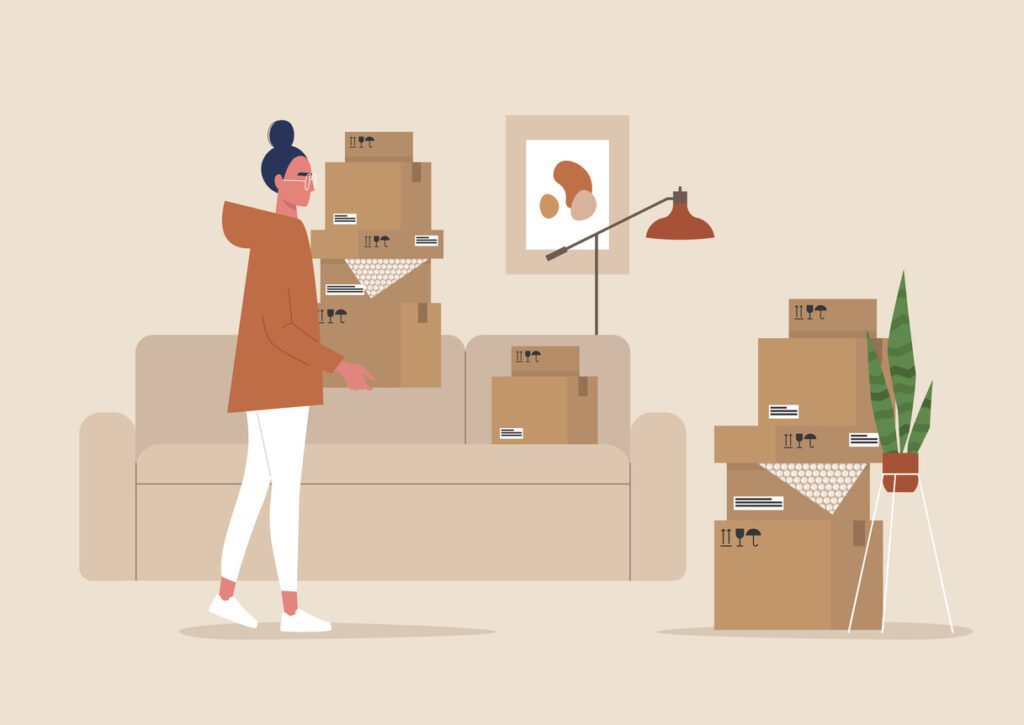
Follow these tips and tricks, courtesy of Good Housekeeping, to embark upon your Swedish death cleaning journey:
Declutter your closet first. The act of sorting and setting aside clothes that don’t fit or you haven’t worn in eons is a straightforward task and a satisfying way to get started.
Take a large-to-small approach. Figure out which bulky items, like furniture, are no longer worth keeping, then work your way down to increasingly smaller items. Getting rid of a broken table, damaged chair, or stained rug can be an easy enough decision to make, and clearing a large space by getting rid of one big item can jumpstart your motivation.
Tackle one room at a time. To avoid feeling overwhelmed, focus on one room at a time, like the kitchen, or perhaps turn your attention to your attic or basement, where there may be an abundance of unnecessary items.
Begin buying less. Once you’re knee deep in deep cleaning mode, you’ll undoubtedly start feeling motivated to bring fewer items into your home by making more mindful, thoughtful purchases moving forward.
Let friends and family know what you’re doing. While it may be difficult to broach a difficult subject like death with loved ones, it’s important that you discuss your goals and hopes for this project. Letting them know where important papers and information can be found is also crucial, and it’s even possible they may want to lend a helping hand. Should they decide to aid you in the endeavor, going through things together can be a beautiful way to reflect upon your favorite memories and possessions.
When to Start
While Swedish death cleaning may seem like a practice that is most applicable to older people or those who are terminally ill, NerdWallet underscores the usefulness of doing it “under a timeline and conditions of your choosing when you have the energy to go through your things as you’d prefer.”
Indeed, proponents of all ages can be found on YouTube and other social media platforms, extolling the life-changing experience of engaging in the practice at any stage.
RELATED: Make Your Home Happier With These Dopamine-Inducing Decorating Tips

